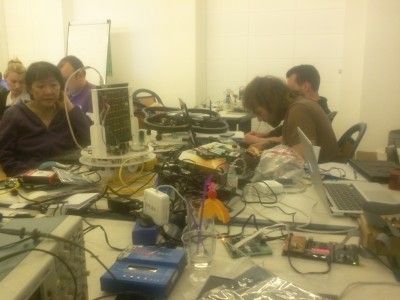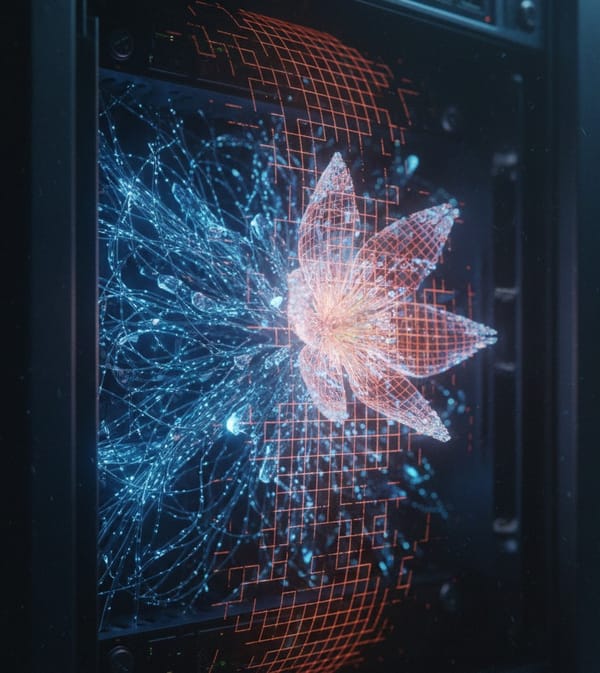The state of Neuromorphic Engineering as seen from an outsider

Last week I was in Sardinia at the annual Capo Caccia Cognitive Neuromorphic Engineering Workshop organized by the University of Zurich. This was my third time at the workshop, so I now know many of the participants and it was good to get an update on their research and personal lives.
Inevitably when I meet someone new there, I get the same questions: “What is your research area?” and “Which university are you from?” Each time I struggle to explain that I am actually not from academia, that I was an Internet entrepreneur and that I got interested in some aspects of this field, mostly the cognitive and innovative computing part because I would like to change the Internet with some new ideas from different fields. Some ask me to explain exactly what I mean by that, if I am joking or what. “Well, it is a long story”, I answer, “and it is about how the Internet is used today, mostly the WEB, and how one could imagine to use it in the future in a more distributed, localized and less centralized way” (mostly referring to models). After some time and a few more questions, some seem to understand what I mean, others not so much. Luckily, a couple of secretive Samsung engineers were also attending the workshop, so I was not the only one outside academia, but I digress.
Anyway, there was greater focus on higher level cognition and lesser focus on the specifics of hardware implementations this year. In essence, neuromorphic hardware platforms are now available (Stanford’s Neurogrid, Heidelberg’s BrainScaleS, Zurich INI chips, IBM SyNAPSE, Manchester’s Spinnaker) and the BIG question is how to program them.
The common and unresolved problem is one of setting the weights of the thousands or millions of synapses and fine-tuning the neuronal models in some cases. You might think of using a bottom-up approach to let the weights be defined by some kind of development or learning algorithm or a top-down approach where you impose a certain model from above.
The latter top-down approach is the one which gathered some interest at the workshop; proposed by Chris Eliasmith, it is called Nengo. It is a framework capable of compiling a class of equations onto the neural substrate. My doubts about Nengo stem from the fact that it imposes a top-down model and leaves no room for some kind of bottom-up organization.
As it is now usual at this workshop there was a cultural clash between applied scientists and engineers on one side and basic scientists on the other. The question for many is: What is the measure of success of neuromorphic engineering? Is it:
- the number of viable commercial applications based on our chips and sensors?
- the number of articles published?
- the overall interest in our community expressed by other scientific communities?
In general, scientists interested in basic research will remind you of what Richard Feynman famously said about why one should build new devices:
What I cannot build, I cannot understand.
I think Feynman was right, we might have to build a brain to understand that we understand it!




